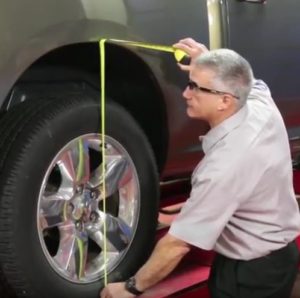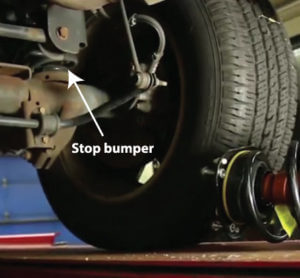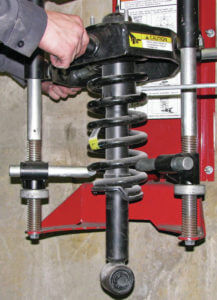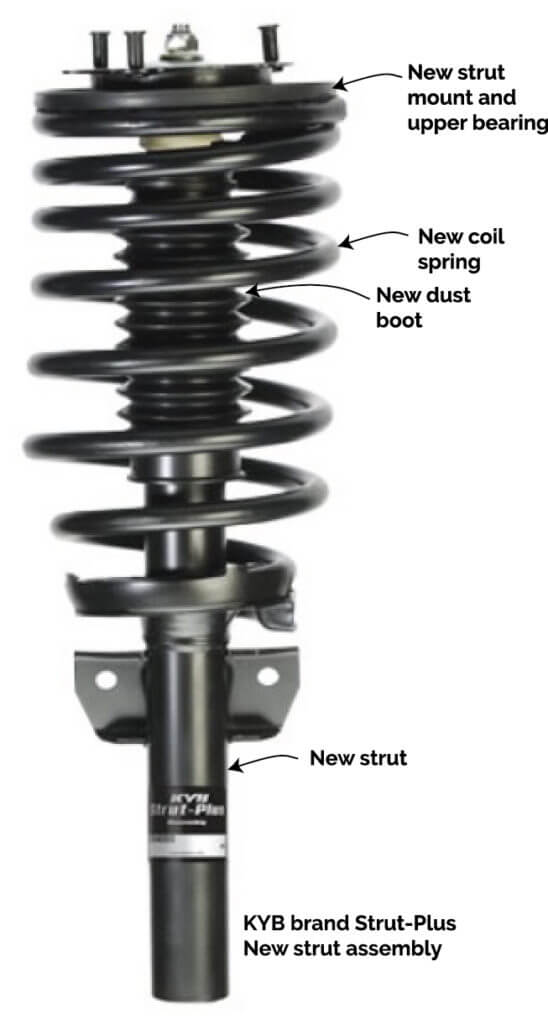Bare strut versus a strut assembly: The pros and cons
Learn the difference between a bare strut and a strut assembly
When it’s time to replace your struts, you’ll be faced with a choice between a strut and strut mount swap, or a fully loaded strut assembly. DIYers are choosing the strut assembly route because it’s easier and faster and doesn’t required using strut spring compressor. However, many shops are recommending complete assemblies as well. There are pros and cons to each. In this article, I’ll break go over the pros and cons of each approach and drill down into the price and labor differences to help you make an informed decision.
Start with Ride Height: It’s More Important Than You Think
First, understand this—your springs, not your struts, support your vehicle’s weight. Over time, springs sag, causing your car to bottom out on dips and bumps. Bottoming out, aside from rattling the fillings out of your teeth, can instantly damage your brand struts and shocks. In other words, it doesn’t make sense to install new struts on a vehicle with worn out springs.
To determine if your vehicle is a candidate for a strut and strut mount swap, you first have to measure ride height to determine if your springs are still good.

Measuring vehicle ride height
Here’s how it’s done: Park on a flat surface and remove all heavy cargo. Then measure the height from a manufacturer-specified point on the body to the ground, as well as from the center of the wheel to the fender. If these measurements are below the carmakers specifications, off, or if the rubber stop bumpers show signs of bottoming out, replace the springs along with the struts. Or, install a complete assembly to restore factory ride height and performance.

Check the condition of the vehicle’s stop bumper
What’s involved in replacing just the strut?
Replacing just the strut requires quite a bit of labor. First, the technician removes the entire strut assembly, which involves removing the tire, stabilizer end link, brake line, and ABS sensor, followed by unbolting the strut from the steering knuckle and strut tower.
Once the strut assembly is out of the vehicle, it’s placed in a strut spring compressor. The technician, compresses the spring, unbolts the strut piston from the strut mount, and then removes the strut. Next, they

Strut assembly in strut spring compressor tool
swap the dust boot and jounce bumper onto the new strut, align it onto the spring and torque down the strut piston nut. However, some designs require the tech to uncompress the spring in order to replace the strut mount. In that case, they would have to re-compress the spring to finish mounting the strut.
The flat rate labor to swap a strut and strut mount runs about .3/hour per side. A strut swap saves money on parts, but adds about .6 hours labor per axle.
The Case for a Strut Assembly
A complete assembly comes with a new strut, coil spring, strut mount, jounce bumper, bellows/dust boot, and spring isolator. While it costs more upfront, it eliminates the extra .6 hours labor involved in compressing the spring and swapping the strut.
You’re not getting the same quality
However, there’s a downside to strut assemblies. I’ve installed a bunch of them and I can tell you there’s a quality difference. First, they don’t last as long as a standard replacement strut. I’ve experienced strut assembly failure in as little as 35,000 miles, even when using name brands. Plus, the ride quality isn’t as good. I’m convinced the strut manufacturers use a lower quality strut in their strut assemblies than their regular struts.

Fully loaded strut assembly
Strut replacement cost for a strut swap
Let’s look at the costs for a 2018 Toyota Camry.
The labor guide shows that it takes 3.4 hours to remove the strut assemblies and swap out the struts with new ones.
Cost to swap the struts and strut mounts and reuse the spring
(2) Monroe OE Spectrum struts retail shop price of $159 ea = $318.00
(2) Monroe strut mount retail price $90 ea. = $180.00
PARTS: $498.00
LABOR
3.4 hours to remove and reinstall both the strut assemblies, swap struts and strut mounts at $150/hr = $510.00
1.0 hours to align $150/hour $150.00
Total Labor: $660
Total Parts and Labor cost: $1,158
Cost to replace worn struts with fully loaded strut assemblies
(2) Monroe Quick-Strut assembly retail price $355.00 – each. = $710.00
Labor 2.8 hours to remove and reinstall the complete assembly $150/hr = $420.00
1.0 hours to align $150/hour $150.00
Total Parts and Labor cost $1,280
But which is better?
The strut used in the complete assembly isn’t the same quality as the bare strut used in a swap. Strut assemblies often use lower-quality struts to lower the price of the assembly. If you’re going to keep the vehicle for another 100,000 miles, choose the bare strut.
What are the best strut assembly brands?
As strut assemblies have become more popular, many companies have started importing low-quality strut assemblies from China. None of the importers are manufacturers. They’re just taking advantage of the price gap.
I highly recommend either KYB or Monroe brands and even FCS, Sachs, or Gabriel brands. But I don’t recommend any other brands.
©, 2017 Rick Muscoplat
Posted on by Rick Muscoplat
